By Louise Irvine
Scots around the world welcome the New Year with Hogmanay festivities. The celebrations begin on December 31 and continue through January 2, a Scottish bank holiday. The customs are probably derived from Norse and Gaelic observances of the winter solstice and usually include gift-giving and “first-footing” the homes of friends and neighbors.
Daft Days
Historically, Yuletide festivities continued from Christmas to Handsel Day on the first Monday of the New Year. They were known as the Daft Days and Hogmanay was by far the most important celebration. Christmas Day was not made a public holiday in Scotland until 1871 and for nearly a century afterwards it was still a working day in many parts of the country.
Hogmanay Gifts
The first person to cross the threshold immediately after midnight on Hogmanay is known as the first-foot and is seen as a bringer of good fortune for the coming year. Tall, dark-haired men are preferred as blond strangers are superstitiously linked to the Viking invasion of the British Isles in the 8th century. Symbolic gifts for friends and neighbors include whisky for celebration, shortbread to ensure a full larder of food, coins for financial prosperity, and a lump of coal representing warmth.
Robert Burns
At midnight on New Year’s Eve, it is now customary in many countries to sing the Scots poem by Robert Burns with linked arms in a circle of friends. All night celebrations are held in major cities and the world’s largest New Year’s party was held in Edinburgh with 400,000 people bringing in 1997 according to the Guinness Book of Records. Covid cancelled many Hogmanay festivities around the world but hopefully this year will be different. Auld Lang Syne will also resonate around the world on January 25 when Scots celebrate Burns Night with a traditional supper of haggis washed down with whisky.
Handsel Day
Handsel is an old Scottish word for gift and historically presents were given on the first Monday of the New Year. Although this practice has died out in modern Scotland, we are acknowledging the generous gift of Briony Lawson who has donated many of her cherished tea wares to WMODA. Briony’s family came from Fife in Scotland and every item in her collection has a story to tell. She donated her grandmother’s silver teapot from her marriage in 1902 as well as her mother’s mid-century modern Picquot Ware tea service. There’s a china teapot hand-painted with thistles as a gift from Briony’s Scottish country dance teacher. It is reminiscent of Royal Doulton’s Glamis Thistle teatime pattern beloved by Queen Elizabeth, the Queen Mother and named after her childhood home, Glamis Castle. The popular teatime pattern was based on watercolors by Percy Curnock during the Art Deco era.
Briony found a wooden shortbread mold carved with a thistle last time she visited Scotland, and she gifted this along with some butter paddles made by her dad. Butter knives, tea caddy spoons, knitted tea cozies and tablecloths complete Briony’s collection for a traditional teatime spree in Scotland. We also received great recipes for shortbread, scones, and other baked treats.
Picquot Ware
In the 1930s, Burrage and Boyd opened an aluminum foundry in Northampton, England where they began manufacturing high-class tableware, starting with a kettle fitted with wooden handles. It was due to be launched at the 1939 British Industries Fair but war intervened and it was finally released in 1946. The design was well-receiveda and the factory soon produced over 1,000 kettles a week. It was chosen for the “Britain Can Make It” exhibition in 1951 which was soon dubbed “Britain Can’t Have It” as most designs were made for export in the post-war years. By 1950, the Picquot Ware range was expanded to include a teapot, hot water jug, cream jug, sugar bowl and a serving tray which are now collectible.
We’ll Eat Again
During World War II, the Ministry of Food published recipes to show British families how to survive during rationing. Briony included her mother’s favorite recipe books from this era in her gift to WMODA including the classic Be-Ro Home Recipes book. This brought a wave of childhood nostalgia to me as our family had the same book when I grew up in Scotland. The first edition was published in 1923 to promote the novel self-raising flour produced by Thomas Bell of Newcastle. They staged a series of exhibitions in the early 1920s and sold their freshly baked scones and cakes to visitors. Everyone wanted the recipes to bake at home and so the company began producing free recipe books which were handed out at exhibitions and door to door. The books were targeted at mothers and their daughters and could feed hungry families on a low budget. Not surprisingly Be-Ro flour became the best-selling brand in the North of Britain and the recipe book is now in its 41st edition.
We are grateful to Briony for sharing her fond memories of all these items being used with love in her homeland. We are honored that she has chosen to give them to WMODA.
Read more about Robbie Burns
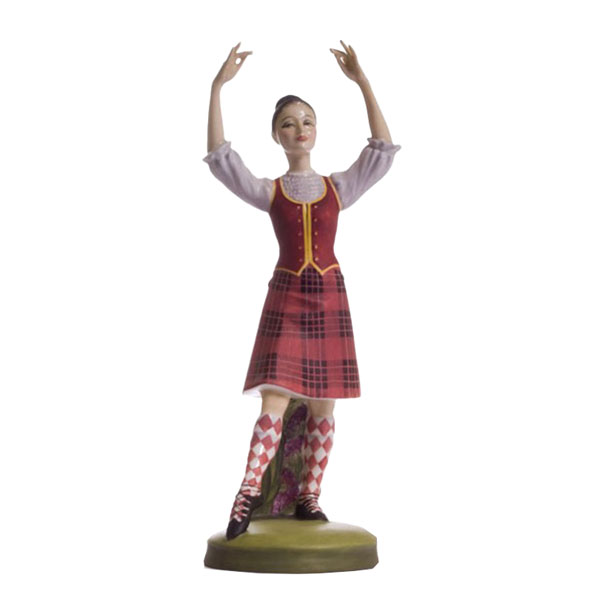
Royal Doulton Scottish HIghland Dancer
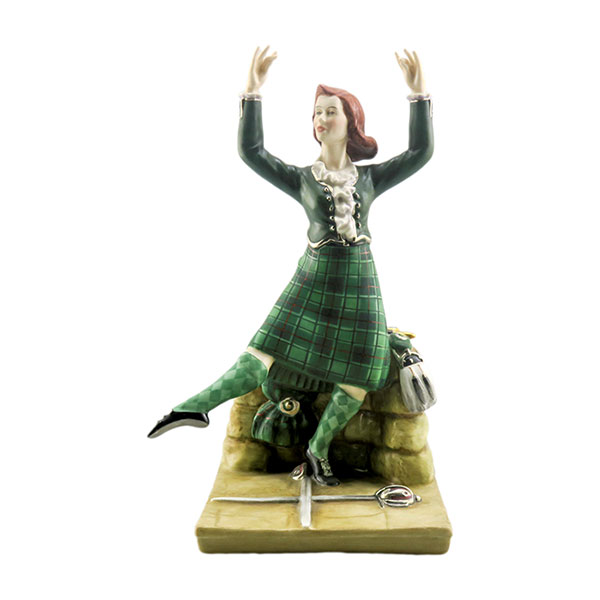
Royal Doulton Scottish Dancer
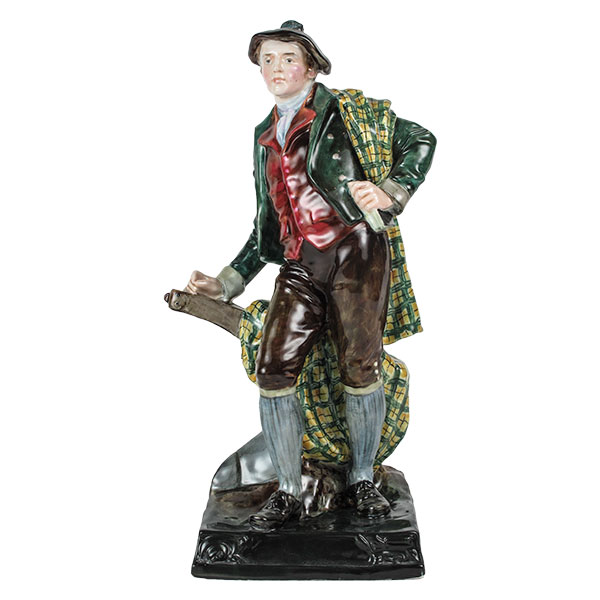
Royal Doulton Robert Burns
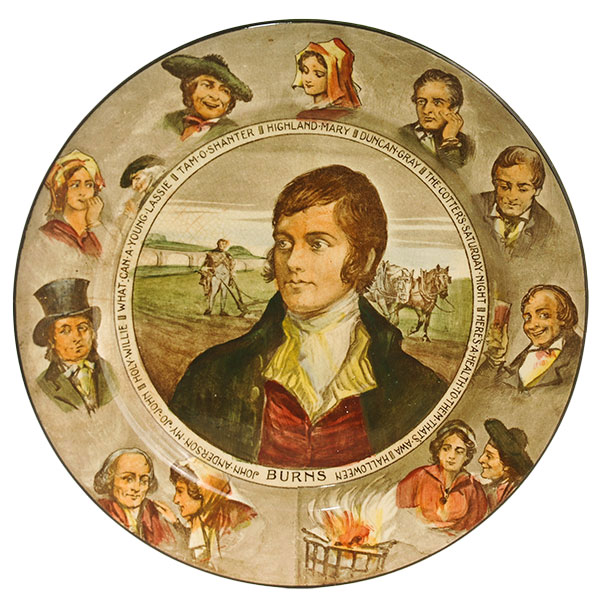
Royal Doulton Robert Burns Plate
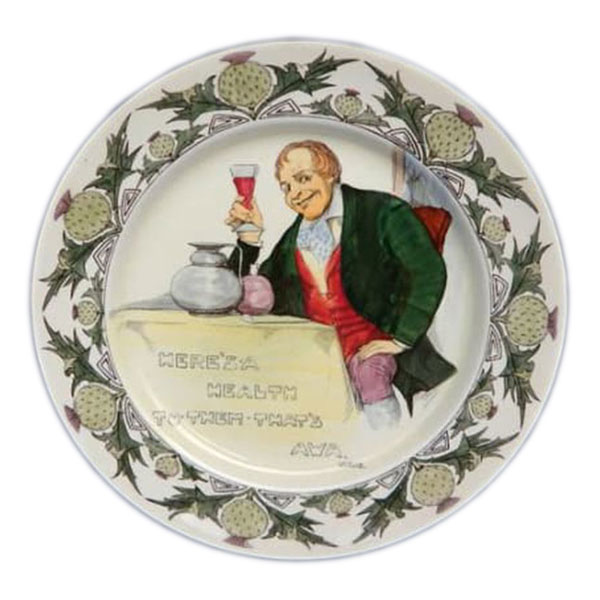
Burns Plate
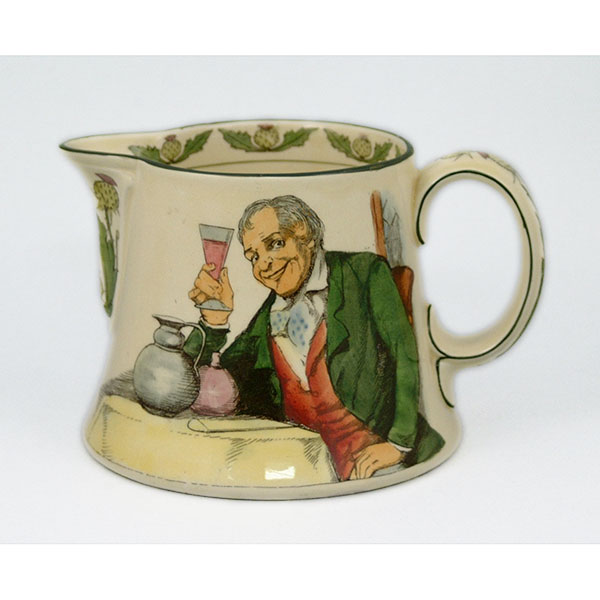
Royal Doulton Jug
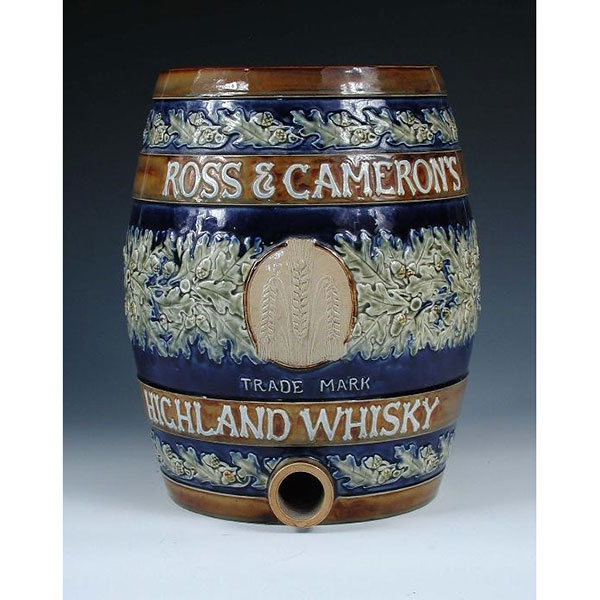
Ross and Cameron Whisky Barrel
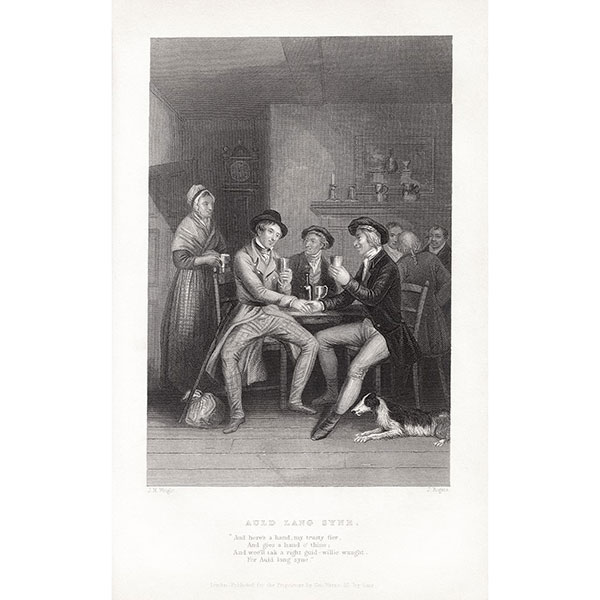
Auld Lang Syne J H Wright
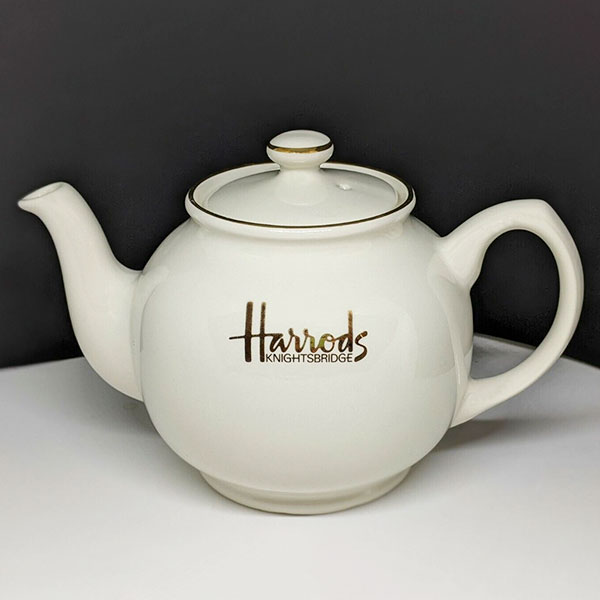
Harrods teapot
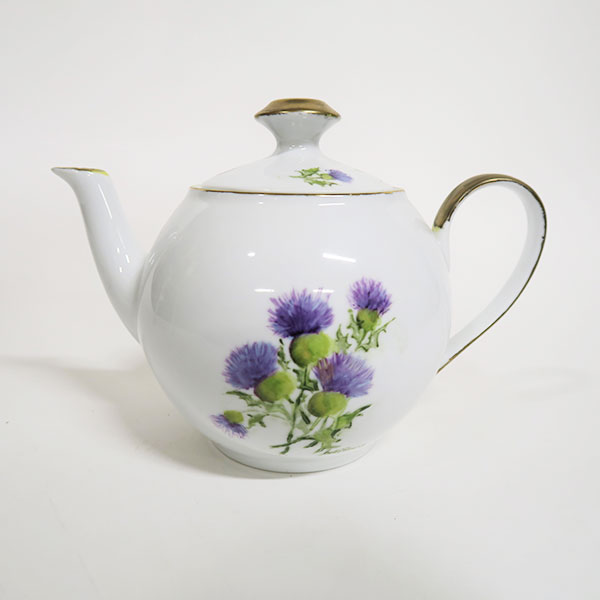
Hand painted Thistle Teapot
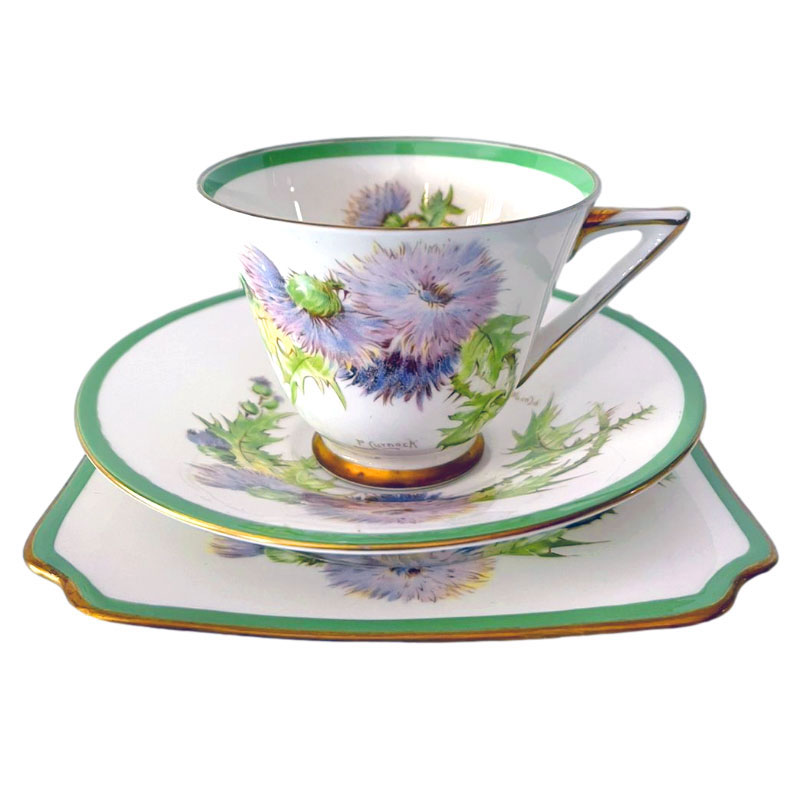
Royal Doulton Glamis Thistle
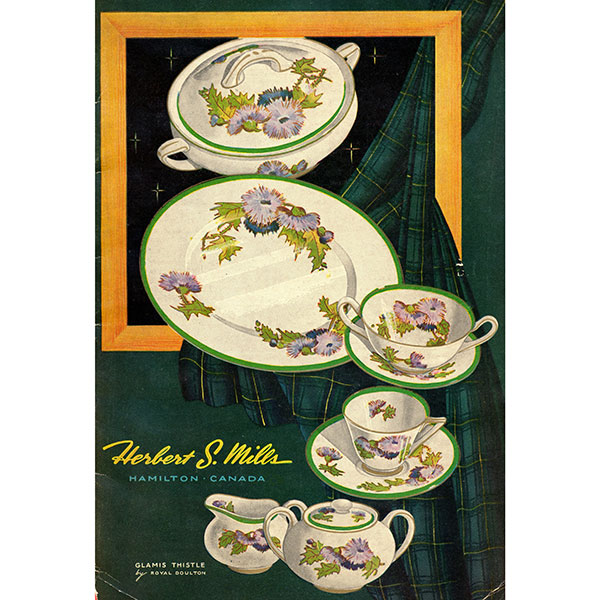
Royal Doulton Glamis Thistle P. Curnock
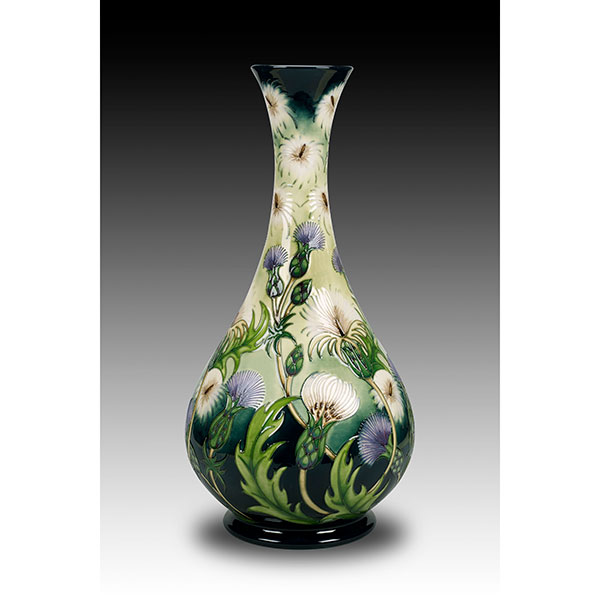
Moorcroft Thistledown Vase

Glamis Castle
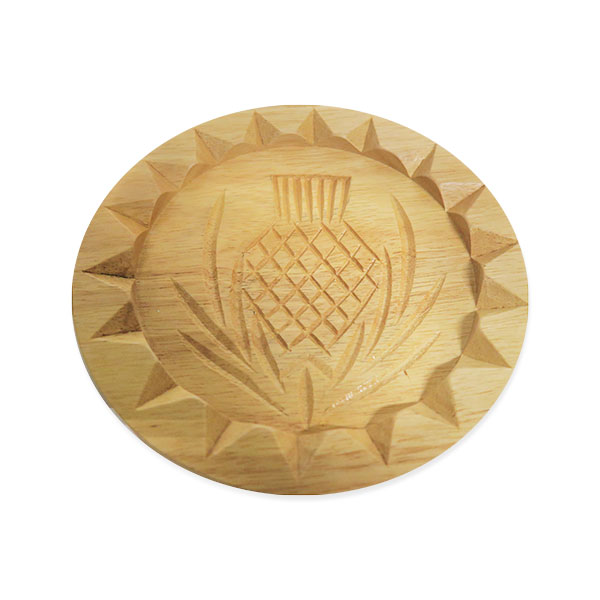
Thistle Shortbread Mold
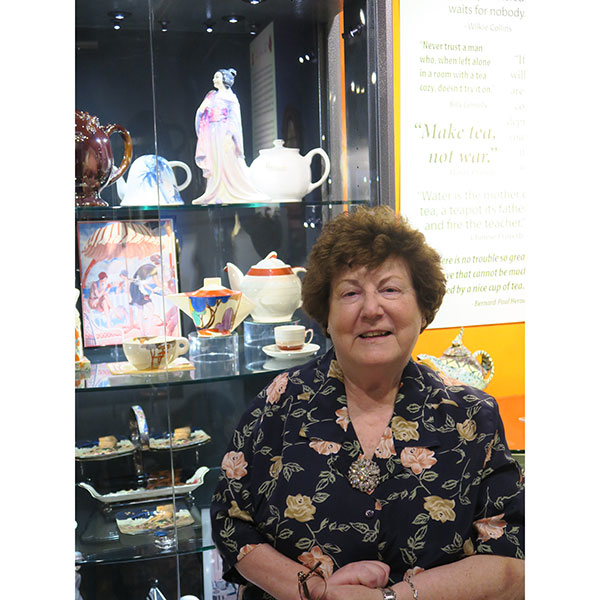
Briony Lawson Art of Tea Exhibition
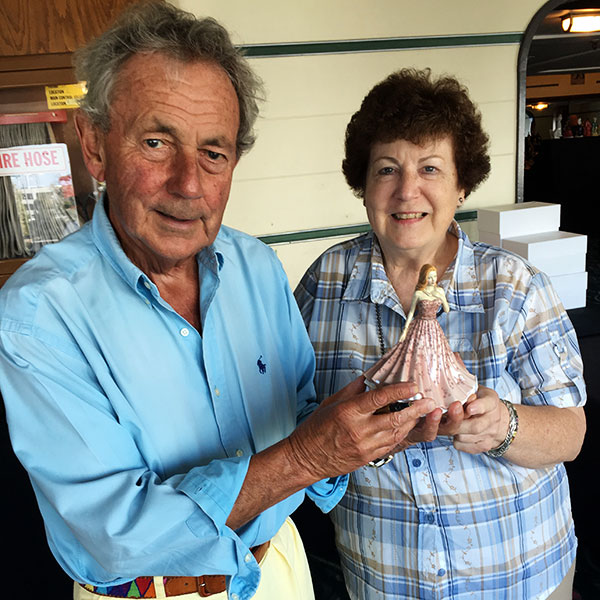
Briony Lawson and Michael Doulton
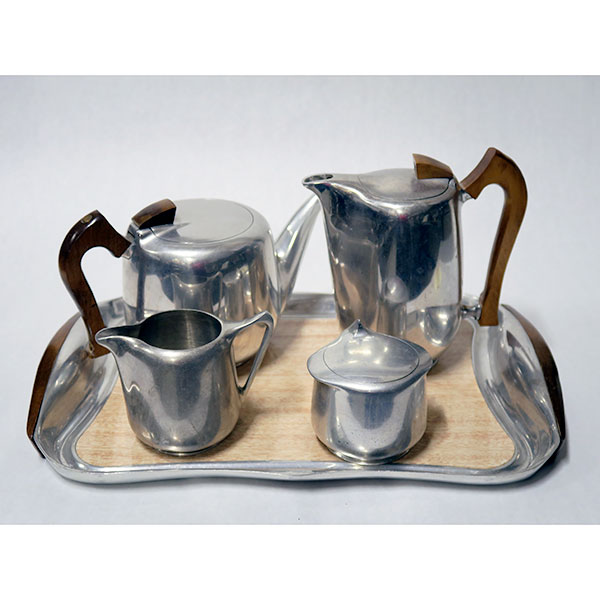
Picquot Ware Service
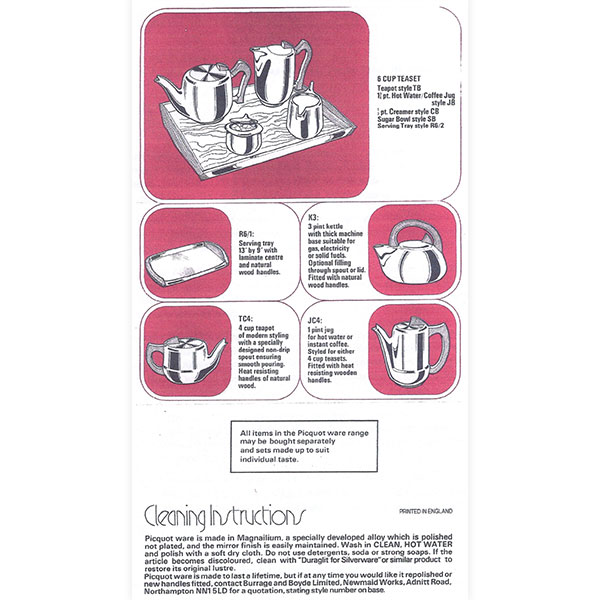
Picquot Ware Publicity
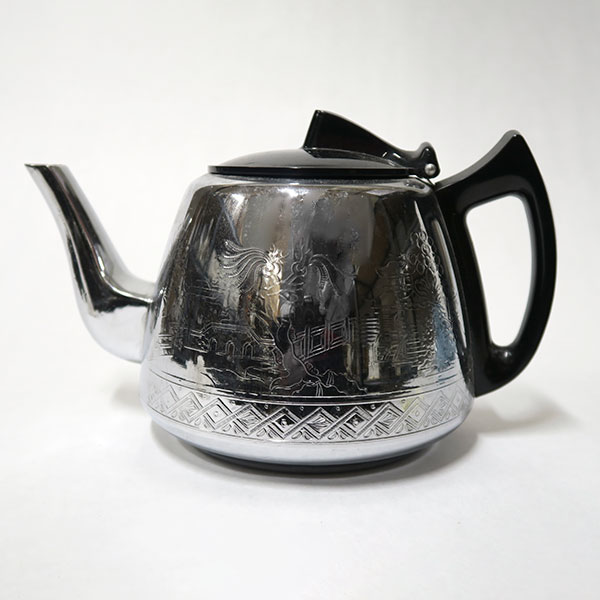
Swan Willow Ware Teapot
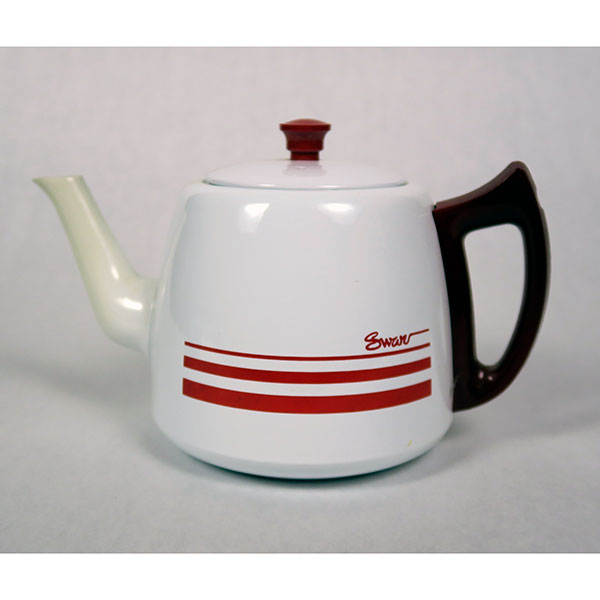
Swan Teapot
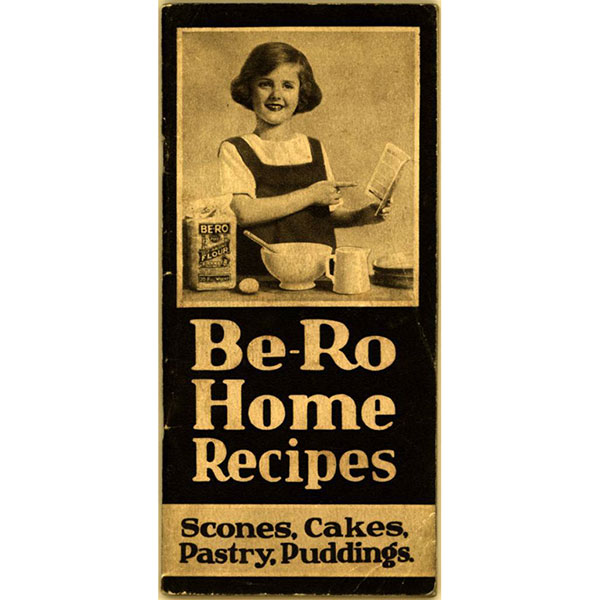
Be Ro Home Recipes 1923
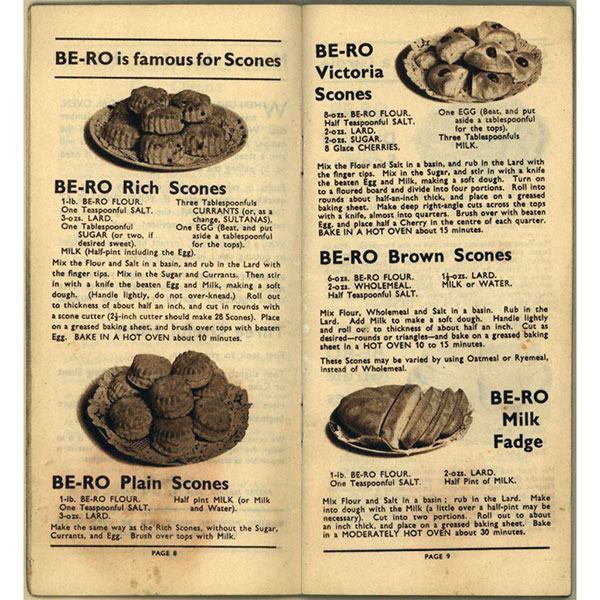
Be Ro Scones Recipe
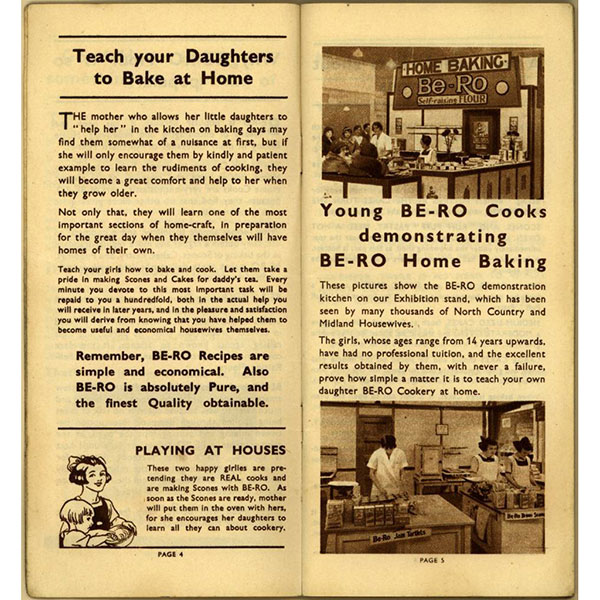
Be Ro Home Recipes
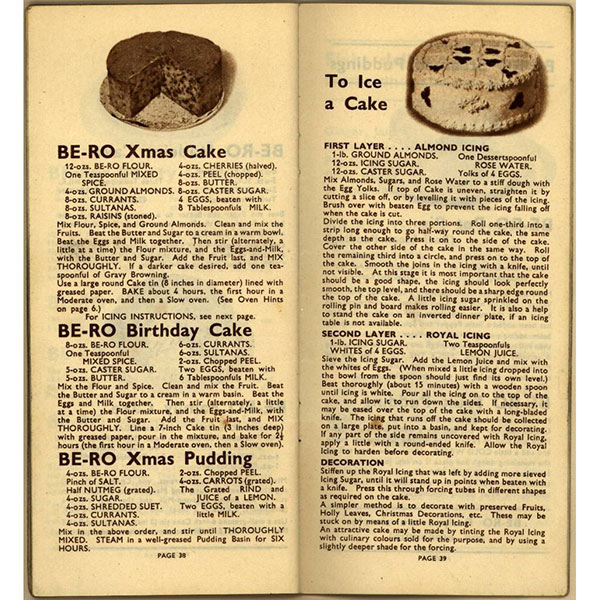
Be Ro Christmas Recipes
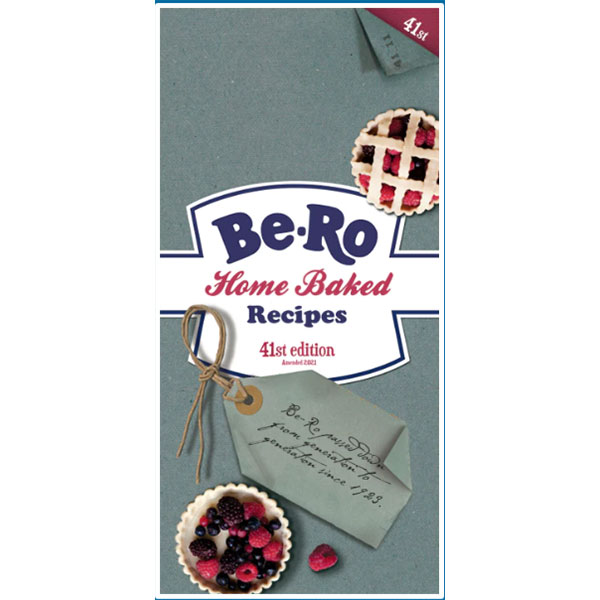
Be Ro 41st edition
